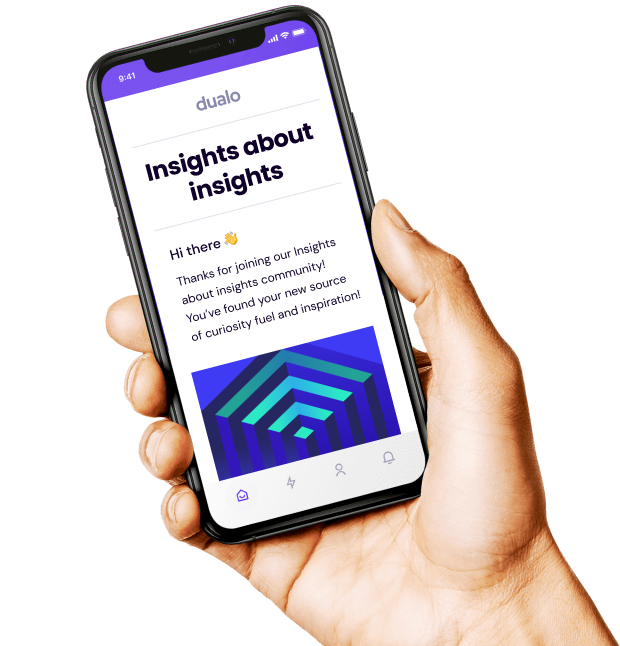Sharing insights: the often overlooked practicalities
Whilst the structure and inner content of an insight is critical, the more practical means by which you share knowledge across teams may have a larger contributing factor to its overall impact than is perhaps immediately obvious.









.svg)

.jpeg)

.jpeg)
.jpeg)

